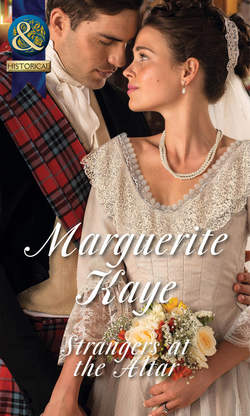Читать книгу Strangers at the Altar - Marguerite Kaye - Страница 6
ОглавлениеHISTORICAL NOTE
Paddle steamers and the railways brought tourism to the west coast of Scotland at around the time when Ainsley and Innes decided to set up their hotel. Though the original and most popular destinations ‘doon the watter’ on the Clyde were Rothesay, Largs and Dunoon, Tighnabruaich (aka Strone Bridge) had its share of excursionists. The engineer David Napier, whose Loch Eck tours inspired Ainsley, built a pier on the Holy Loch in the 1830s, not far from my own home.
Numerous versions of the Rothesay Castle paddle steamer made the journey from Glasgow, Gourock and eventually Wemyss Bay railway terminals to the Isle of Bute. Today, the last sea-going paddle steamer, the Waverley, makes the same journey from Glasgow to Bute and down the beautiful Kyles all the way to Tighnabruaich.
Strone Bridge Castle is actually based on Panmure House, the seat of the Maules near Dundee, which was demolished in 1955. The story which Innes tells Ainsley of the locked gates following the 1715 Jacobite rebellion belongs to Panmure, details and pictures of which are in Ian Gow’s beautiful book Scotland’s Lost Houses. The chapel attached to Strone Bridge Castle, though, is based on the one belonging to Mount Stuart in Rothesay.
Agony Aunts existed, astonishingly, as far back as the seventeenth century, though they reached their peak in the mid-Victorian era—a little after Madame Hera was writing. There are some fantastic examples of their letters in Tanith Carey’s book Never Kiss a Man in a Canoe.
As to the traditions and customs in this book—well, I must admit that I’ve let my imagination loose a wee bit. All the Hogmanay customs are traditional, but the Rescinding ceremony is not. I actually invented it for an earlier book set in Argyll, THE HIGHLANDER’S REDEMPTION, and I liked it so much I thought I’d start a tradition of my own and re-use it.
